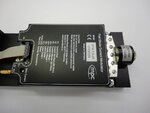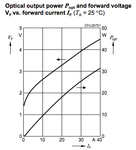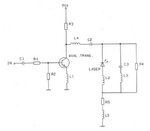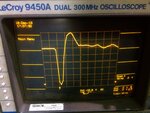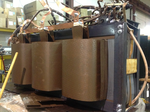ozgur85
Member level 1
Keith , can i ask what did you mean by saying "a pre built board like that"?
, can i ask what did you mean by saying "a pre built board like that"?
Do you mean i can buy a board that contains everything i need and i just need to plug the laser diode and connect the 5V adapter to the board and power my laser?
I found sth like that, i attached. But it's quite expensive: 960 Euro!!!
Can you recommend me a cheaper one?
Do you mean i can buy a board that contains everything i need and i just need to plug the laser diode and connect the 5V adapter to the board and power my laser?
I found sth like that, i attached. But it's quite expensive: 960 Euro!!!
Can you recommend me a cheaper one?
